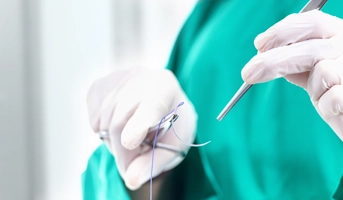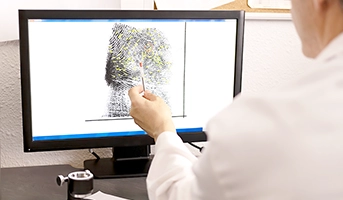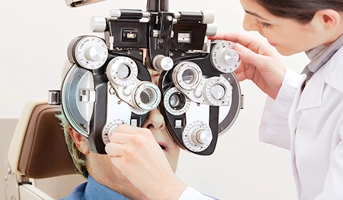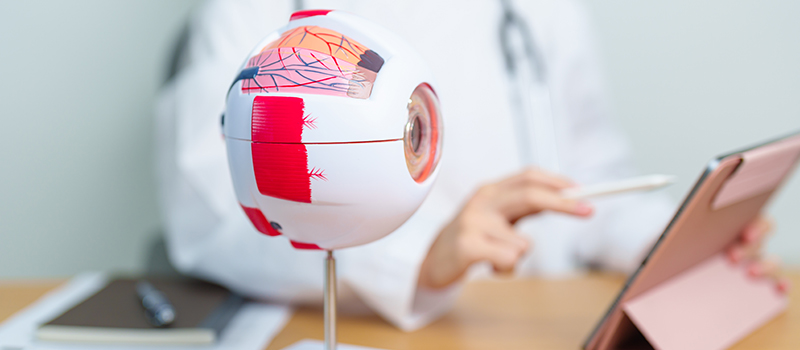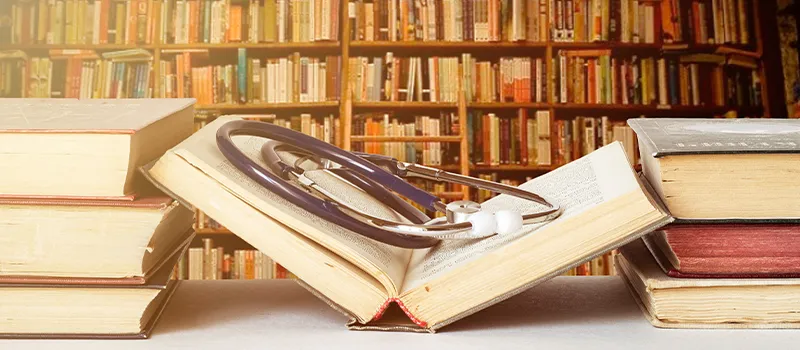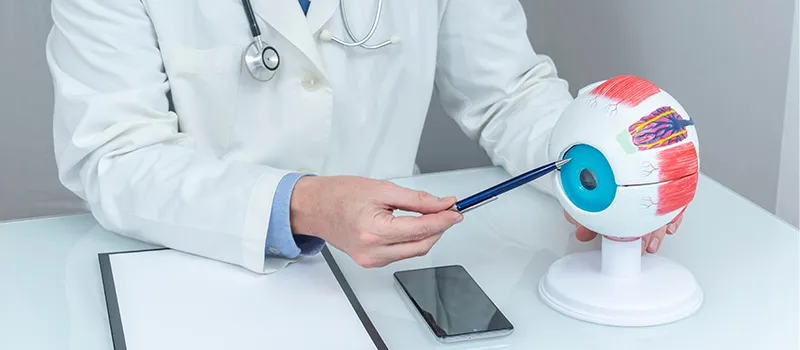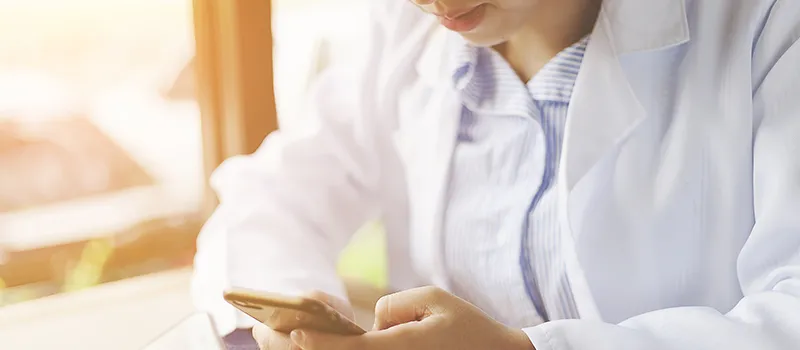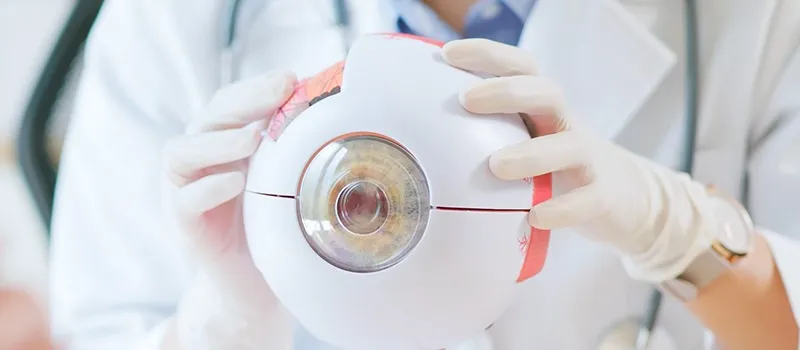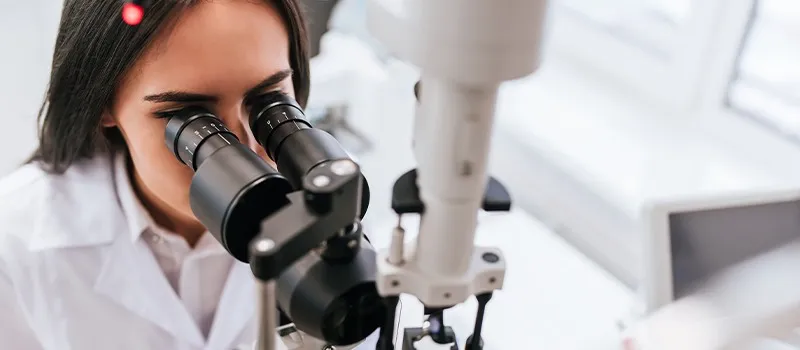

Advancements in Ophthalmic Surgery: Every Ophthalmologist Should Know
We have witnessed remarkable advancements in the ophthalmology field, which is still at a rapid pace of transformation. When it comes to embracing new technologies and incorporating cutting-edge advancements into routine clinical and surgical procedures, ophthalmology frequently leads the way. These advancements hold a bright future where eye disease may be detected and treated earlier, vision restoration becomes more effective, and the overall quality of people with ocular issues is significantly improved.
Surgical Ophthalmology Advancements
A few mentioned below are surgical ophthalmology advancement w.r.t particular vision issues or disorders:
- Surgical interventions, such as simple limbal epithelial transplantation and corneal endothelial transplantation have significantly improved the surgical management of severe ocular surface disorders (OCD).
- In the management of cataract surgery, small incision phacoemulsification cataract surgery with IOL implantation, and femtosecond laser-assisted cataract surgery are being widely used.
- Promising clinical treatments of glaucoma include minimally invasive glaucoma surgeries and advanced imaging techniques: Optical coherence tomography, and intraocular technology.
- Optical coherence tomography angiography (OCTA) is a non-invasive new technology to visualize vascular networks in the eye and anti-VEGF drugs have emerged for the treatment of fundus vascular disease. The benefits of these emerging treatments include reduced surgical complications, improved cure rate, minimally invasive techniques, and improved patient prognosis.
- Laser-assisted surgery is a boon in the field of ophthalmology and has been explored for a variety of conditions, such as refractive surgery techniques, and cataract surgeries.
- Retinal surgery innovations include hypersonic vitrectomy, intraoperative OCT, heads-up 3D visualization systems, and endoscopic vitrectomy.
Other emerging trends in ophthalmology include the rise of AI-based devices, bionic eye implants, synthetic cornea implants, the rise in the use of robotic surgical assistants or robotic surgery, microsurgical instruments & techniques, and more.
Advancements and Innovations in Ophthalmology
Artificial Intelligence in Ophthalmology
The AI in ophthalmology is being explored to a greater extent ranging from diagnoses to treatment of ophthalmic conditions and diseases. The conditions targeted till now include diabetic retinopathy, glaucoma, retinopathy, cataracts, age-related macular degeneration, anterior segment diseases, and retinal vein occlusion.
AI makes analyzing and managing huge data and radiological images easier ultimately helping in clinical data collection, automated image analysis, early disease detection, and interpretation, and incredible differential diagnosis. Detection and monitoring of retinal disease have become easier with AI-powered retinal imaging and screening. In the field of ophthalmic research, AI has proved quite beneficial, especially in genomics and biomarker research, and drug discovery.
AI is efficiently being used in ophthalmology to conduct a variety of tasks, but a certain degree of human intervention is crucial.
LIQD Cornea
LIQD Cornea is considered a potential alternative to Corneal transplantation. It is a biosynthetic liquid hydrogel matrix crafted from recombinant human collagen type III to regenerate the cornea and is also cell-free. It comprises short collagen-like peptides, polyethylene glycol, and fibrinogen. As there is a global donor cornea scarcity, this advancement will be greatly beneficial. It is assumed to be cost-effective along with minimizing health care costs. Further, research on corneal transplantation techniques is being done to a greater extent.
Hypersonic Vitrectomy
Hypersonic Vitrectomy (HV) is being considered a major advancement in the field of vitreoretinal surgery. This surgical technique uses ultrasound to liquefy vitreous along with removing the retained lens particles. The introduction of HV will reduce or eliminate the requirement of frequent probe change and will also shorten the surgical procedure time. It may also possibly replace the Guillotine vitrectomy probe.
The major application involves complicated cataract surgeries with intraoperative posterior capsular rupture with vitreous loss. It is mostly done in a single sitting and has minimal complications.
Refractive Surgery Techniques
The refractive surgery techniques are conducted to correct the refractive errors of the eyes. The different types of refractive surgery include LASIK, Photorefractive keratectomy (PPK), Radial keratotomy, Small Incision Lenticule Extraction (SMILE), Contoura, and more.
LASIK (Laser-Assisted in Situ Keratomileusis) is most preferred nowadays to correct vision issues caused by refractive errors. This refractive surgery option is an almost pain-free flexible procedure, has the least healing period, is less time-consuming, and has quick results. Due to these many advantages, LASIK has been widely opted to reduce a person’s dependency on corrective glasses or contact lenses. LASIK has revolutionized the ophthalmology field, especially the refractive surgery discipline. It enables the precise and efficient correction of various visual impairments.
Laser-Assisted Cataract Surgery (LACS)
LACS is an advanced procedure that utilizes a femtosecond laser to remove cataracts. Unlike conventional methods, Laser-assisted cataract surgery has become popular due to improved accuracy and consistency in surgical procedures. It helps in making precise incisions faster. It is a bladeless technology and is considered minimally invasive. It may reduce the risk thereby, improving the result of the cataract surgery. In this procedure, the laser is used to make the corneal incisions, execute capsulotomy, and then initiate lens fragmentation.
Nanotechnology in Ophthalmology
Nanotechnology has been potentially employed in targeted drug delivery, enhanced imaging, and tissue engineering that ultimately leads to vision enhancement. To reduce the drug dose and minimize the risk of side effects, nanocarriers, and nano-suspensions are coming into the picture. For early diagnosis, the contribution of remote monitoring of nanodevices is being explored.
Nano-sized ophthalmic medicines are found to have great benefits such as large dissolution area, fast dissolution speed, good solubility, strong biological adhesion, and strong corneal penetration. This highly improves the effectiveness of the ophthalmic treatment.
The nanotechnology/nanomedicine is being explored in visual conditions, such as Conjunctivitis, Dry kerato-conjunctivitis, Uveitis, Cataract, Glaucoma, Diabetic retinopathy, and more.
Introduction of PROSE for Complex Corneal Disease
PROSE is a Prosthetic Replacement of the Ocular Surface Ecosystem. This PROSE lens is quite innovative and completely covers the ocular surface to restore vision in patients dealing with complex corneal diseases. The lens returns the ocular surface to its natural curve while shielding and encasing it from the external environment. PROSE lens is used in conditions such as severe dry eye or lid and corneal irregularities.
AR/VR Technology in Ophthalmology
The application of AR/VR technology in Ophthalmology includes IOP checks, amblyopia management, visual field testing, educating patients, diagnosis and management, and accessibility. Augmented Reality and Virtual Reality technology are a boon for medical training and education as they help refine surgical skills and enhance ophthalmic learning. The visual representation makes it easier to visualize and comprehend complex procedures and treatment options in a more engaging manner.
It also benefits planning treatment procedures and thereby, enhancing precision and reducing errors. It holds great significance in telemedicine, research, and therapeutic interventions that ultimately contribute to enhanced learning and better patient outcomes.
Conclusion
These advancements are only the tip of the iceberg. The rapid progress in ophthalmology reflects the commitment of researchers, clinicians, and technology developers to address the complex and varied needs of patients with eye care. With the developing technology, every medical professional must stay up-to-date with the recent developments to provide the best possible care to the patients.
You can enroll in an online ophthalmology course to get access to ophthalmology video lectures for medical students to learn from the basics of ophthalmology to all the new advancements in the field.
Related post
Related Courses
Cosmetic Botulinum Toxin Simplified
Dr Rasya Dixit , Dr Urmila Nischal , Dr K. C Nisch...
Critical Care Simplified
Dr Yatin Mehta , Dr Subhal Dixit , Dr Kapil G. Zir...
Advance Course in Ultrasound and Infertility
Dr Sonal Panchal , Dr Chaitanya Nagori
Ganga Videos on Spine Surgery
Prof Rajasekaran Shanmuganathan , Dr Ajoy Prasad S...
Pathology for UnderGrads
Prof Harsh Mohan , Prof Ramadas Nayak , Dr Debasis...
Microbiology for UnderGrads
Dr Apurba S Sastry , Dr Sandhya Bhat , Dr Deepashr...

